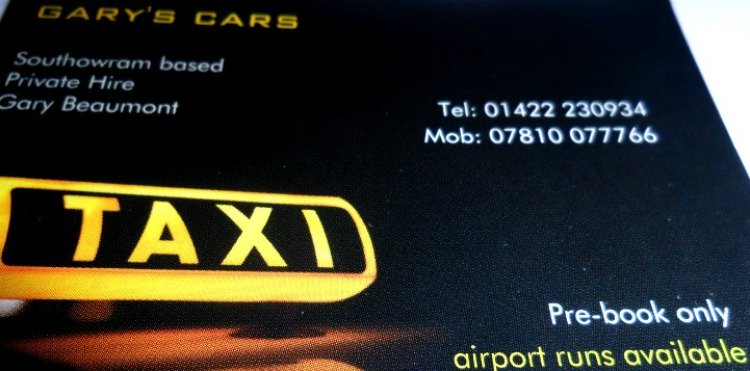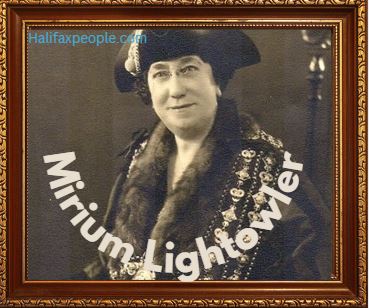
Miriam Lightowler
On January 16th 1924 (exactly 98 years ago today), Halifax moved politically into the twentieth century. On that date, the town welcomed its first female councillor after she was returned unopposed at a local by-election in the South Ward.
The new councillor was Miriam Lightowler who went on to be Halifax’s most prominent woman of the first half of the twentieth century. Mrs Lightowler had been born Miriam Butler and her father was the founder of the Butler Machine Tool Company.
Even before she was elected to the council she was getting strongly into public life having been made a member of the Halifax Board of Guardians in 1913. That body oversaw the Poor Law and in particular, they ran the Workhouse in Gibbet Street. In 1920, she had also become a magistrate with the local criminal court.
In 1896, Miriam Butler had married Henry Charles Lightowler, a local businessman and Conservative politician. He was also developing his contribution to public life and in 1918 was appointed by the Ministry of Food in Westminster as Assistant Director of National Kitchens, a serious attempt to make sure that the ordinary population remained well-nourished during the hardships of World War I. Sadly Mr Lightowler died suddenly within weeks of being appointed to this new national post.
As a widow, Miriam Lightowler maintained and developed her social role becoming Chairman of the Board of Guardians, Chairman of the Public Assistance Committee, a member of the Halifax Watch Committee, which oversaw the operation of the fire and police services and the Chairman of the Halifax Women’s Conservative Association.
Mrs Lightowler was also very influential in fund-raising for the planned Children’s Holiday Home at Norland and even broadcast an appeal for contributions on the BBC’s Northern region radio service.
In 1934 – 1935 she became the first Lady Mayor of Halifax and her daughter-in- law, Edith Mary, became her Mayoress for her year in office.
After her period as Mayor, the Halifax Fire Brigade bought a new 100 foot turntable ladder which was very much the Brigade’s star attraction. It was named ‘Miriam’ in Mrs. Lightowler’s honour.
Also taking its name from hers was the clock mechanism from the old Workhouse, now called St John’s Hospital, Gibbet Street.
In 1938 King George VI awarded her the OBE.
Miriam Lightowler died on June 19th 1958, in St John’s Hospital, an institution to which she had devoted much of her life. When the hospital building was demolished in 1972, the clock, known as ‘Miriam’ was preserved and transferred to the old St. Paul’s Church spire at King Cross where it remains. The new road linking Hanson Lane and Gibbet Street which was constructed through the old workhouse/hospital site, was named Lightowler Road and a group of new residential properties on the hospital site became Lightowler Close in memory of this notable Halifax woman.
Thanks, as always, go to Malcolm Bull whose Calderdale Companion provided much of the above information.
Written by Tony Martin
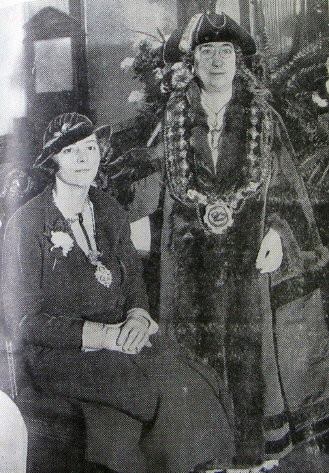
On January 16th 1924, Halifax moved politically into the twentieth century. On that date, the town welcomed its first female councillor after she was returned unopposed at a local by-election in the South Ward.
The new councillor was Miriam Lightowler who went on to be Halifax’s most prominent woman of the first half of the twentieth century. Mrs Lightowler had been born Miriam Butler and her father was the founder of the Butler Machine Tool Company.
Even before she was elected to the council she was getting strongly into public life having been made a member of the Halifax Board of Guardians in 1913. That body oversaw the Poor Law and in particular, they ran the Workhouse in Gibbet Street. In 1920, she had also become a magistrate with the local criminal court.
In 1896, Miriam Butler had married Henry Charles Lightowler, a local businessman and Conservative politician. He was also developing his contribution to public life and in 1918 was appointed by the Ministry of Food in Westminster as Assistant Director of National Kitchens, a serious attempt to make sure that the ordinary population remained well-nourished during the hardships of World War I. Sadly Mr Lightowler died suddenly within weeks of being appointed to this new national post.
As a widow, Miriam Lightowler maintained and developed her social role becoming Chairman of the Board of Guardians, Chairman of the Public Assistance Committee, a member of the Halifax Watch Committee, which oversaw the operation of the fire and police services and the Chairman of the Halifax Women’s Conservative Association.
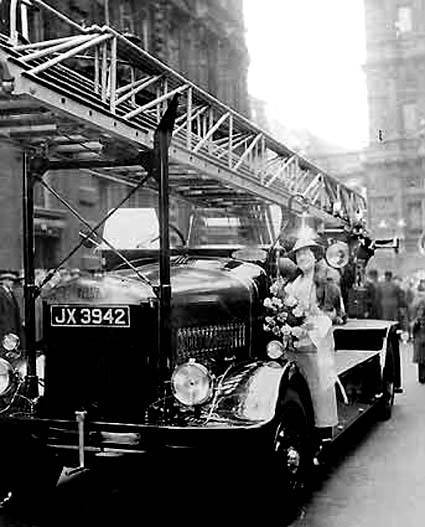
Mrs Lightowler was also very influential in fund-raising for the planned Children’s Holiday Home at Norland and even broadcast an appeal for contributions on the BBC’s Northern region radio service.
In 1934 – 1935 she became the first Lady Mayor of Halifax and her daughter-in- law, Edith Mary, became her Mayoress for her year in office (as in the first photo here).
After her period as Mayor, the Halifax Fire Brigade bought a new 100 foot turntable ladder which was very much the Brigade’s star attraction. It was named ‘Miriam’ in Mrs. Lightowler’s honour (as in the second picture).
Also taking its name from hers was the clock mechanism from the old Workhouse, now called St John’s Hospital, Gibbet Street (as in the third picture).
In 1938 King George VI awarded her the OBE.
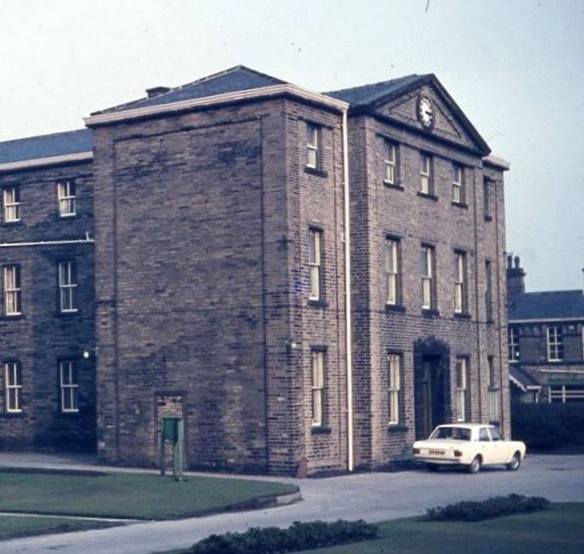
Miriam Lightowler died on June 19th 1958, in St John’s Hospital, an institution to which she had devoted much of her life. When the hospital building was demolished in 1972, the clock, known as ‘Miriam’ was preserved and transferred to the old St. Paul’s Church spire at King Cross where it remains. The new road linking Hanson Lane and Gibbet Street which was constructed through the old workhouse/hospital site was named Lightowler Road and a group of new residential properties on the hospital site became Lightowler Close in memory of this notable Halifax woman.
Thanks, as always, go to Malcolm Bull whose Calderdale Companion provided much of the above information.
Written by Tony Martin
If you have enjoyed your visit to this website, please spread the word by clicking the 'like' and 'share' buttons below. Thank you
